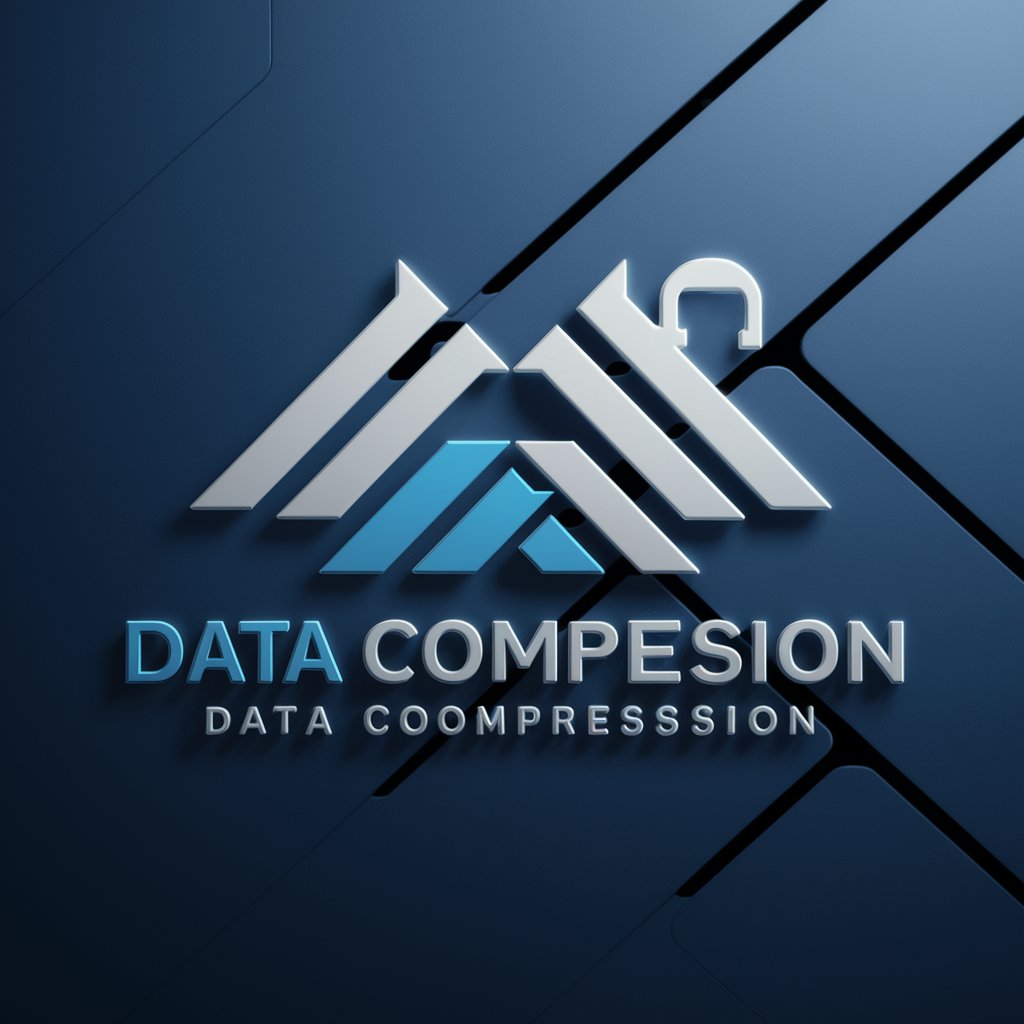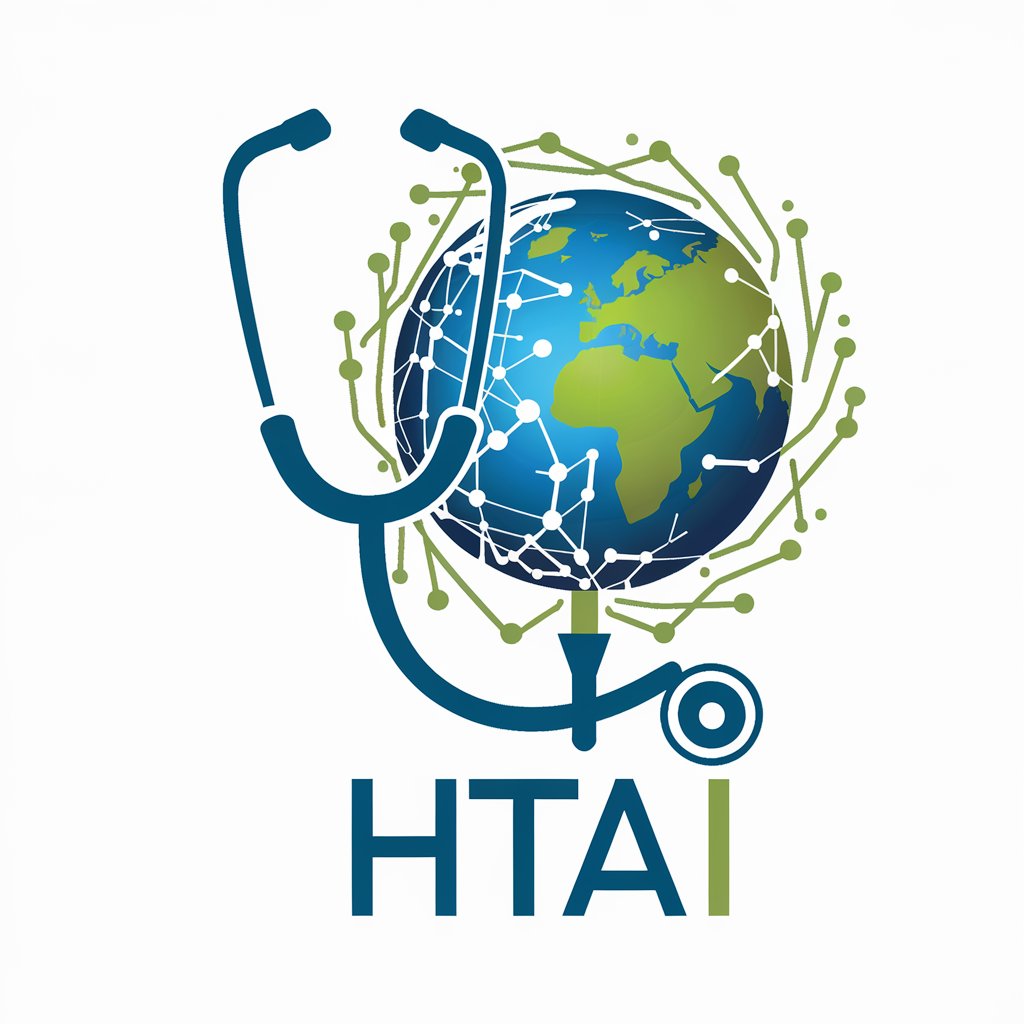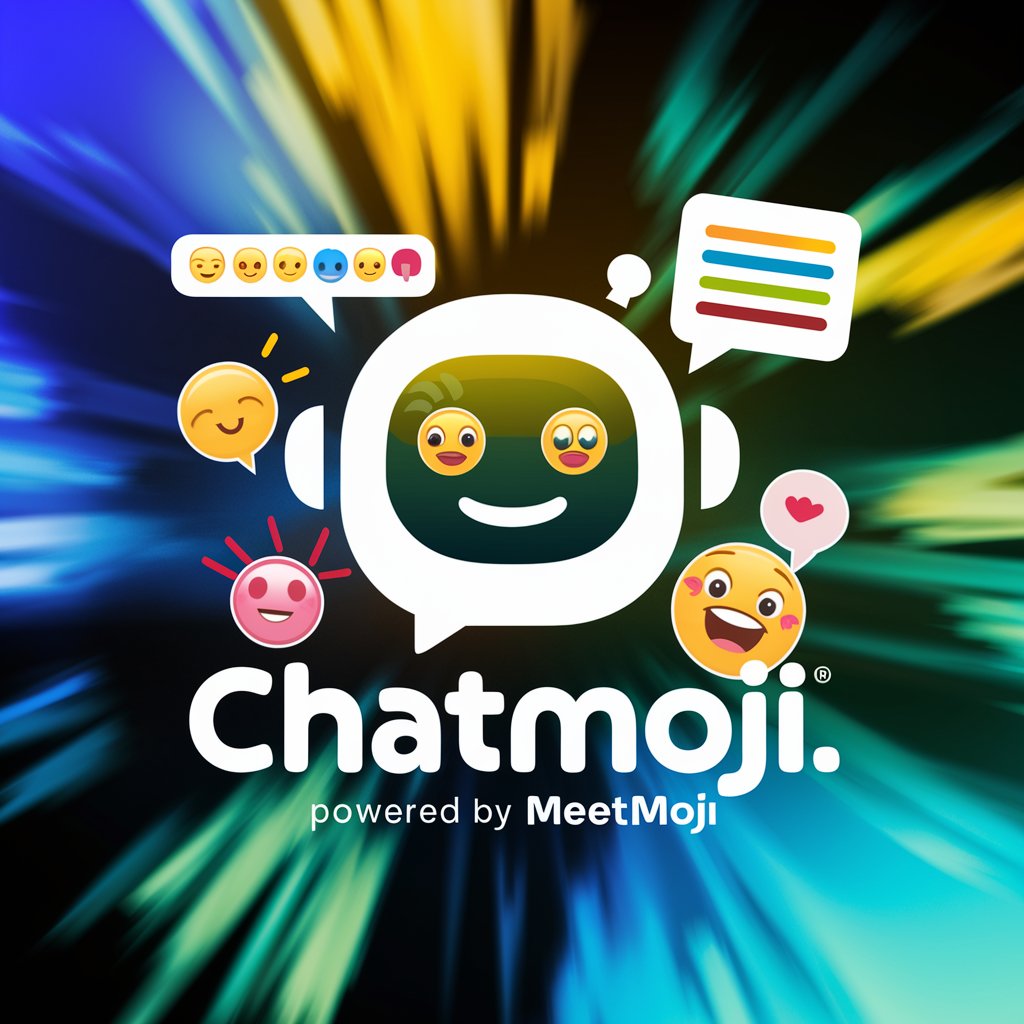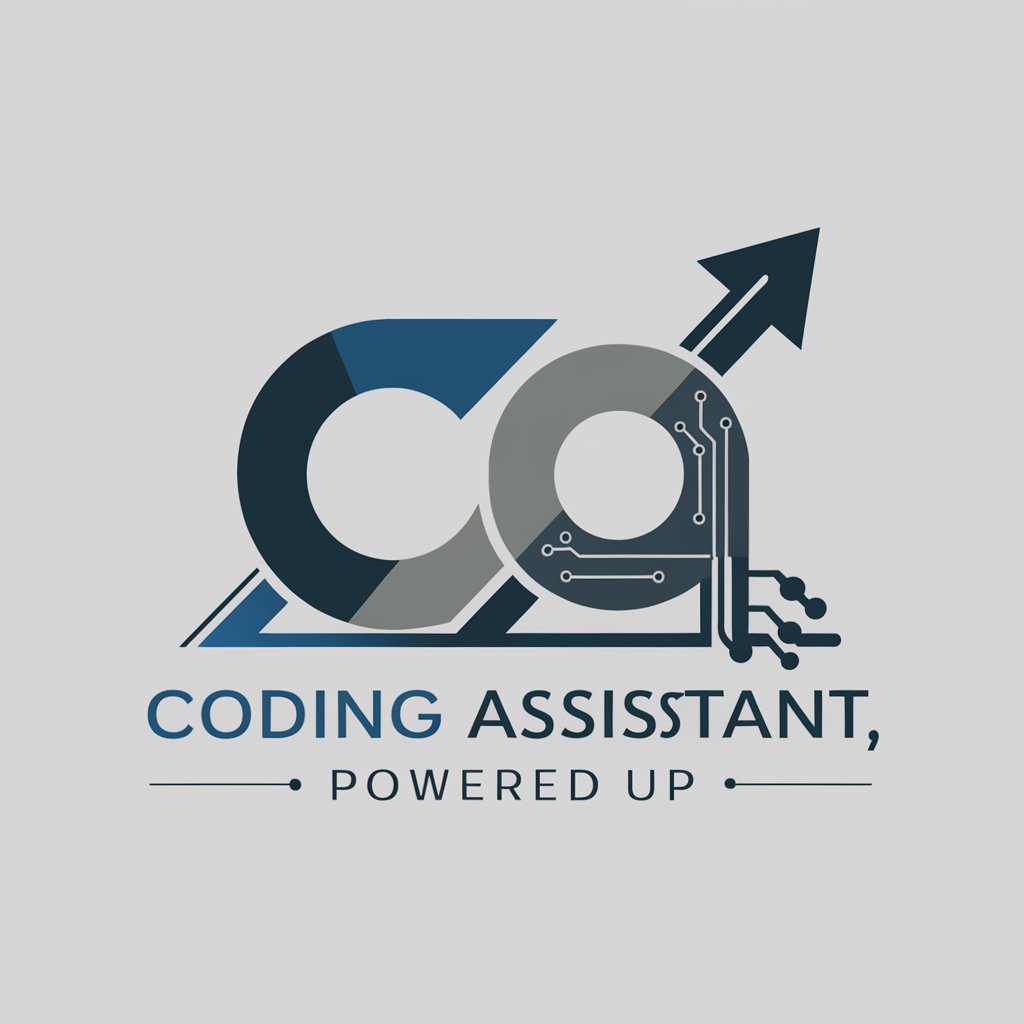AI-Powered Data Compression - AI Enhanced Data Reduction

Welcome! Let's explore innovative data compression techniques.
Revolutionizing data efficiency with AI.
Explore advanced algorithms for lossless data compression...
Suggest innovative techniques to optimize video compression...
How can we enhance data transfer efficiency in high-bandwidth environments...
What are the latest trends in AI-driven data compression...
Get Embed Code
Overview of AI-Powered Data Compression
AI-Powered Data Compression focuses on utilizing advanced machine learning techniques to improve data compression algorithms, ultimately reducing bandwidth requirements and enhancing data transfer efficiency across networks. This technology leverages patterns and redundancies in data that traditional compression methods might not efficiently exploit. For example, in image compression, AI models can be trained to recognize and compress high-resolution images by learning specific image patterns and optimizing pixel representation for similar groups, thus achieving higher compression ratios without significant loss in quality. This not only saves storage space but also speeds up the transmission of images across the internet. Powered by ChatGPT-4o。

Core Functions of AI-Powered Data Compression
Adaptive Compression
Example
In adaptive compression, the system dynamically adjusts compression tactics based on the type of data, such as text, images, or video. This is particularly effective for streaming services where varying video qualities are delivered based on available bandwidth.
Scenario
For instance, a streaming service uses AI compression to deliver high-quality video during low-traffic periods and compresses more during peak times without degrading viewer experience.
Lossless and Lossy Compression
Example
AI algorithms are adept at deciding when to apply lossless versus lossy compression techniques based on the end-use of the data. For critical medical imaging data, lossless compression ensures no data is lost, whereas for social media images, lossy compression might be applied to reduce data size substantially.
Scenario
In telemedicine, AI-powered lossless compression ensures that diagnostic images are sent without loss of detail, critical for accurate diagnosis.
Real-time Data Compression
Example
AI models can compress data in real-time, enabling efficient use of bandwidth and quicker data transfer, beneficial in IoT devices and real-time communication systems.
Scenario
IoT devices in a smart city setup use AI to compress data from sensors before sending it to central servers, reducing the load on network resources and speeding up data analysis processes.
Target User Groups for AI-Powered Data Compression
Tech Companies and Startups
Companies that handle large amounts of data or provide cloud-based services can significantly benefit from AI-powered compression to reduce storage costs and improve service delivery speeds.
Healthcare Providers
Healthcare organizations that use digital imaging and telemedicine rely on high fidelity and rapid transmission of medical images and patient data, making AI-powered data compression indispensable for efficient and accurate medical services.
Media and Entertainment Industries
These sectors require high-quality video and audio streaming services. AI compression helps manage large data volumes efficiently, ensuring high-quality user experiences even under bandwidth constraints.

Guidelines for Using AI-Powered Data Compression
Step 1
Visit yeschat.ai for a free trial, no login or ChatGPT Plus required.
Step 2
Identify your data compression needs to choose the right model. Consider factors like data type (text, images, video), size, and desired compression ratio.
Step 3
Use the interactive tutorial available on the platform to understand the basic features and how to apply them to your specific data.
Step 4
Experiment with different compression settings to find the optimal balance between compression efficiency and data fidelity.
Step 5
Regularly update your settings and models based on the latest advancements and feedback from your compression results.
Try other advanced and practical GPTs
Plant Powered
AI-powered plant-based meal inspiration

AI-Powered Healthcare Transformation
Revolutionizing Healthcare with AI

Social Media Post Designer
AI-powered social media content creation

Social Media Ad Creator
AI-Powered Ad Design & Optimization

Virtual Comrade Plus
Enhancing Conversations with AI

Q&A Master
Empowering Inquiry with AI

ARTISTIC POWERED
Crafting Visuals with AI Precision

Go-Powered REST API Server
Harness AI to Empower Your APIs

ChatMoji powered by MeetMoji
Turn Talks into Interactive Experiences

Coding Assistant, Powered Up
AI-powered coding assistance at your fingertips

Waiters Interview Prep and Simulation: Hospitality
Master hospitality interviews with AI

German French Spanish Bridge
Bridging Languages with AI

Frequently Asked Questions About AI-Powered Data Compression
What is AI-Powered Data Compression?
AI-Powered Data Compression utilizes advanced algorithms and machine learning techniques to optimize the reduction of data size while maintaining integrity and usability. This approach adapts to data specifics, offering more effective compression than traditional methods.
How does AI improve compression ratios over traditional methods?
AI can analyze large data sets to learn patterns and redundancies that traditional algorithms might miss. This knowledge enables AI to compress data more effectively, achieving higher compression ratios with less loss of quality.
Can AI-Powered Data Compression be used for real-time applications?
Yes, AI-based compression models are increasingly capable of operating in real-time environments such as streaming services and live communications, optimizing data flow without noticeable delays.
What are the risks of using AI for data compression?
While AI offers significant benefits, risks include potential overfitting where the model compresses based on anomalies in training data, not general trends. There’s also the complexity of ensuring data privacy when using cloud-based AI models.
Is AI compression suitable for all types of data?
AI compression techniques excel with data types that have inherent patterns or structures, such as images, video, and text. However, for highly random or encrypted data, traditional compression might be more effective.
